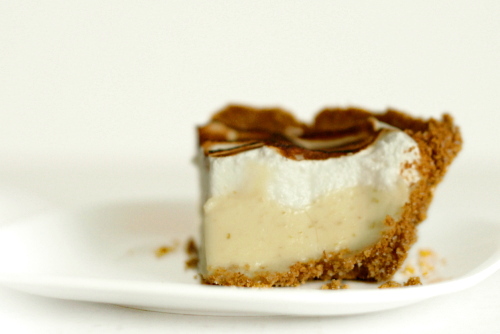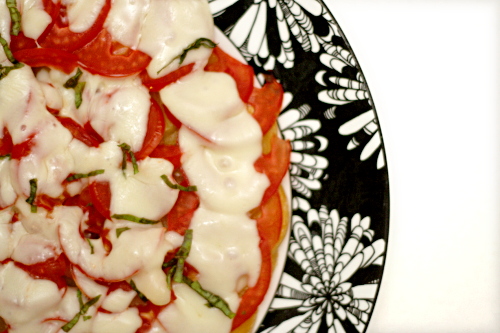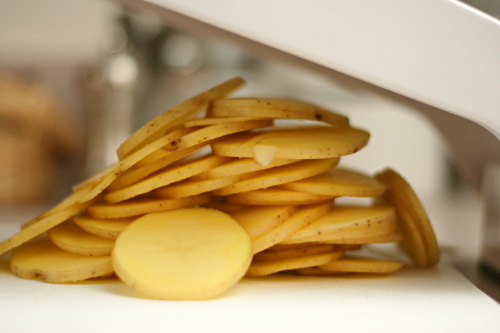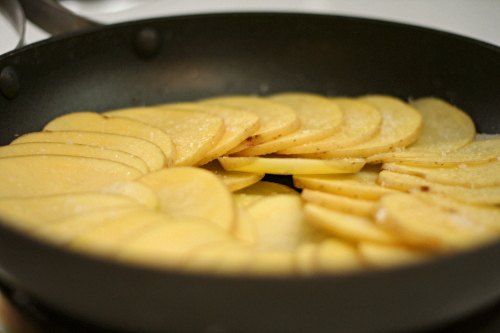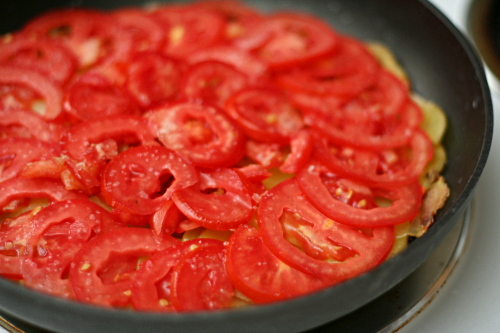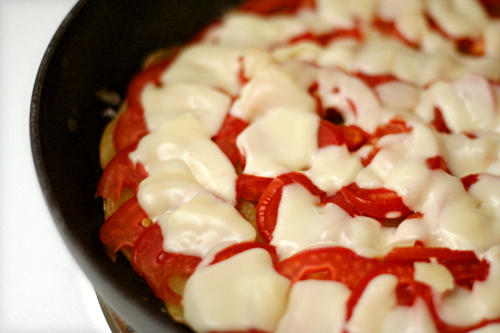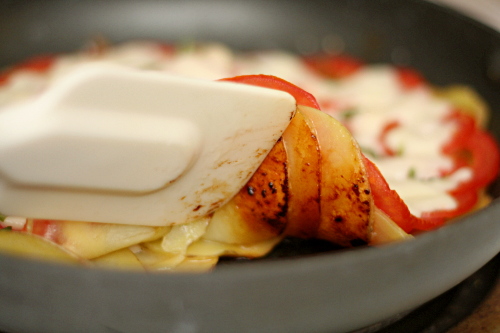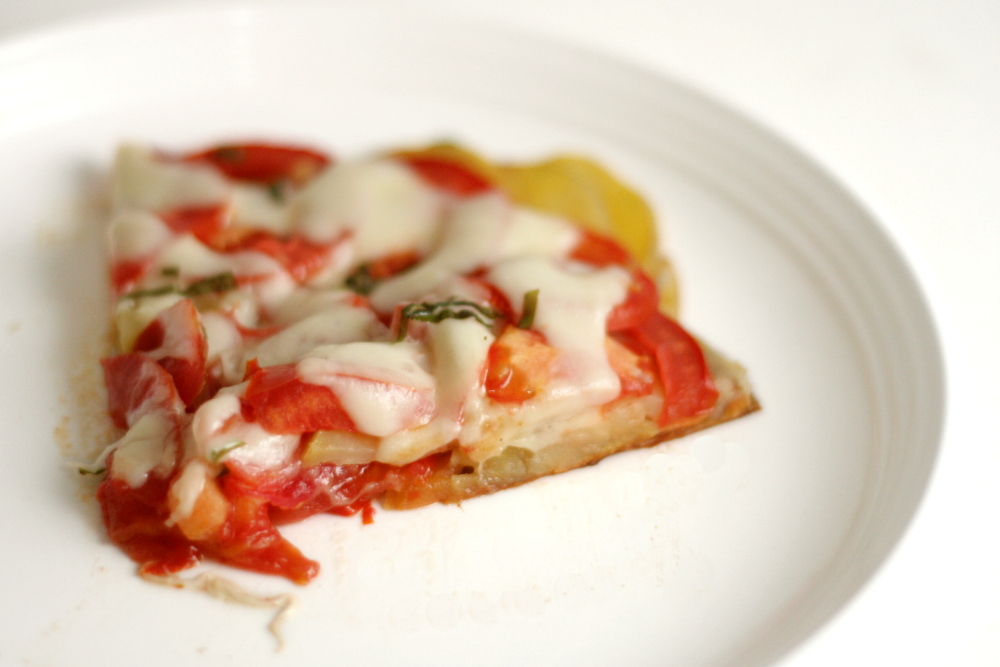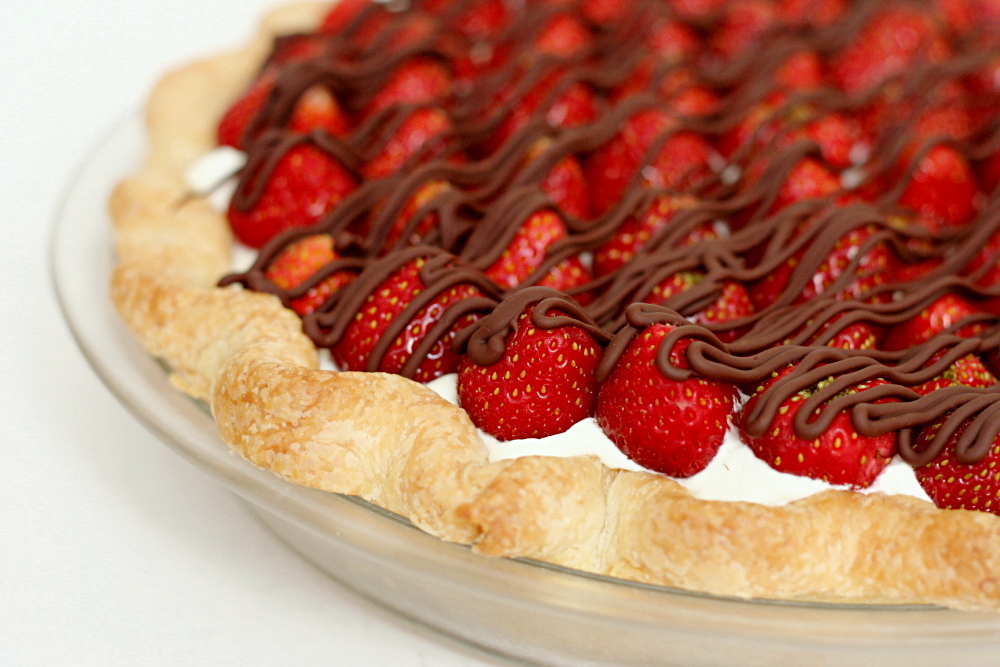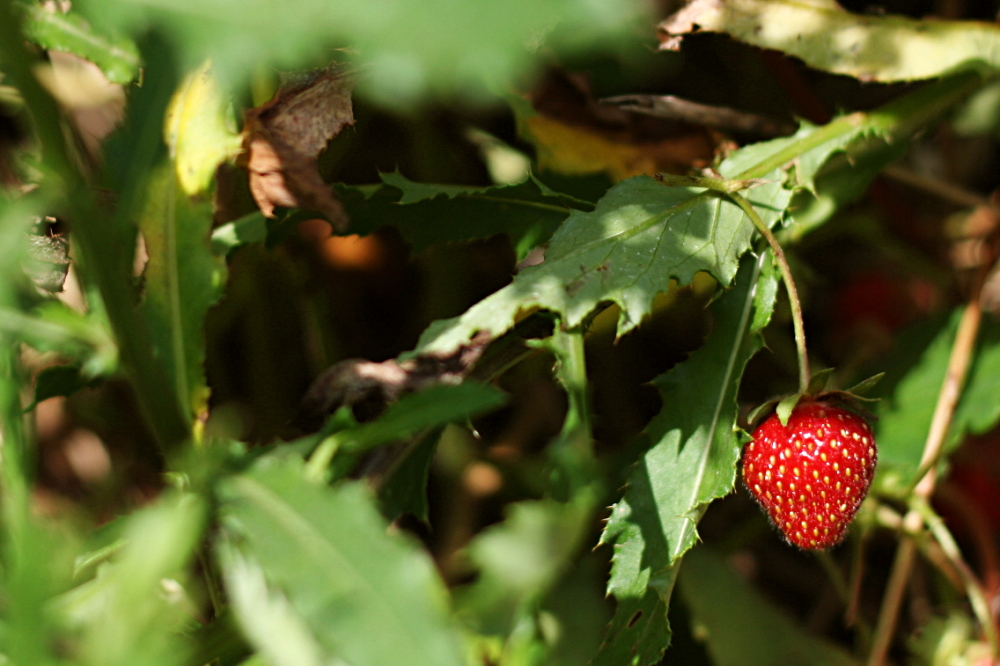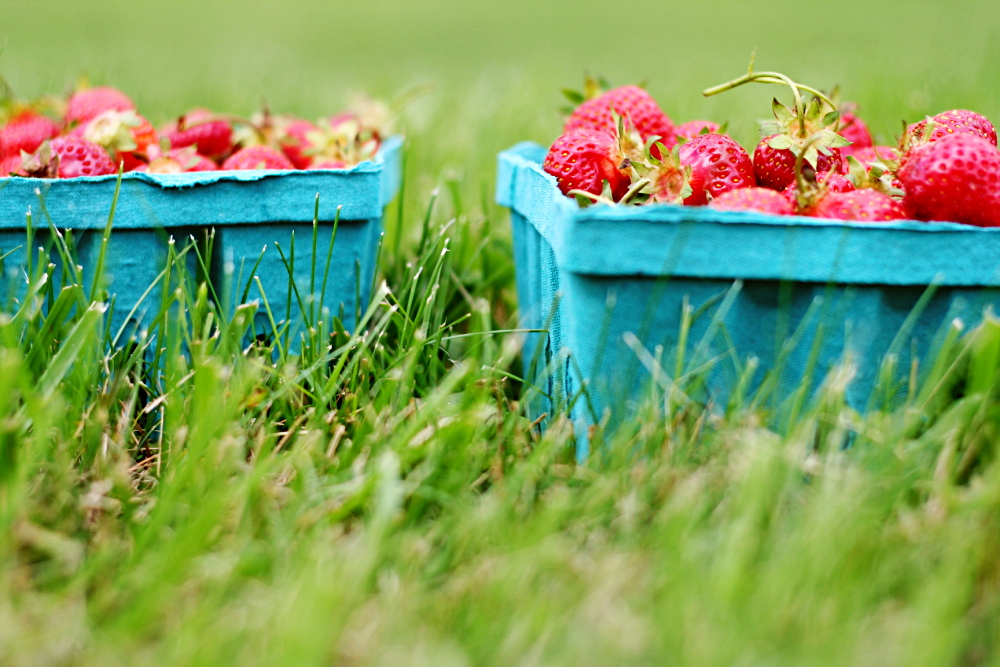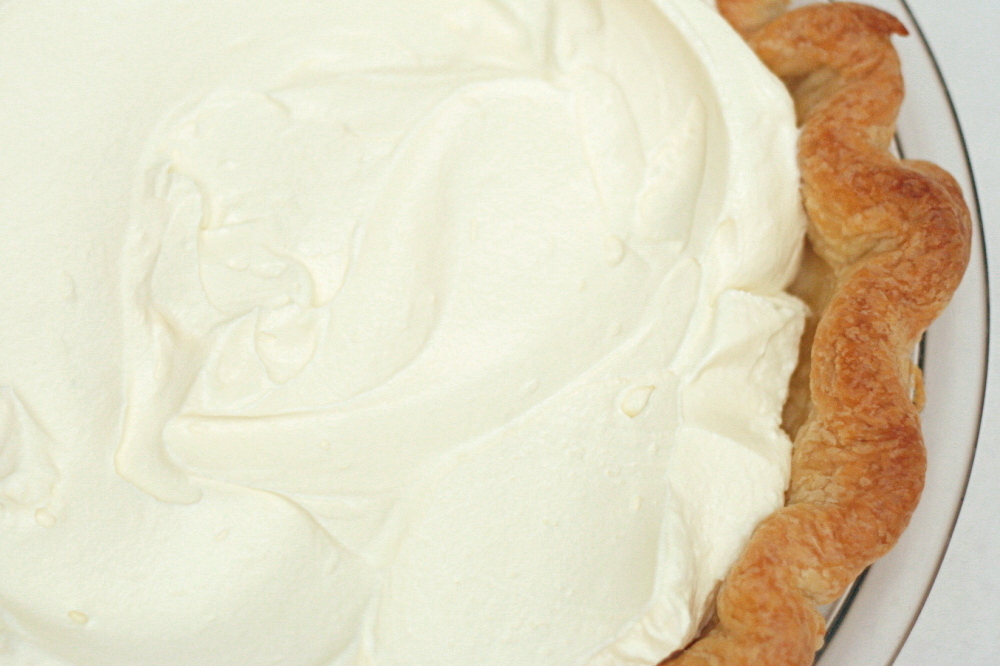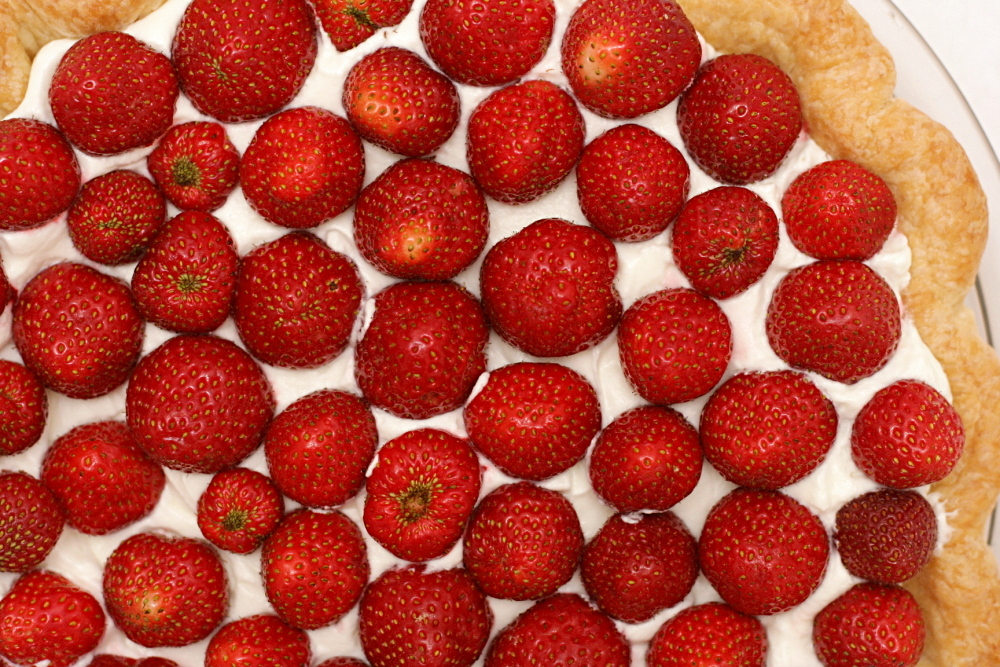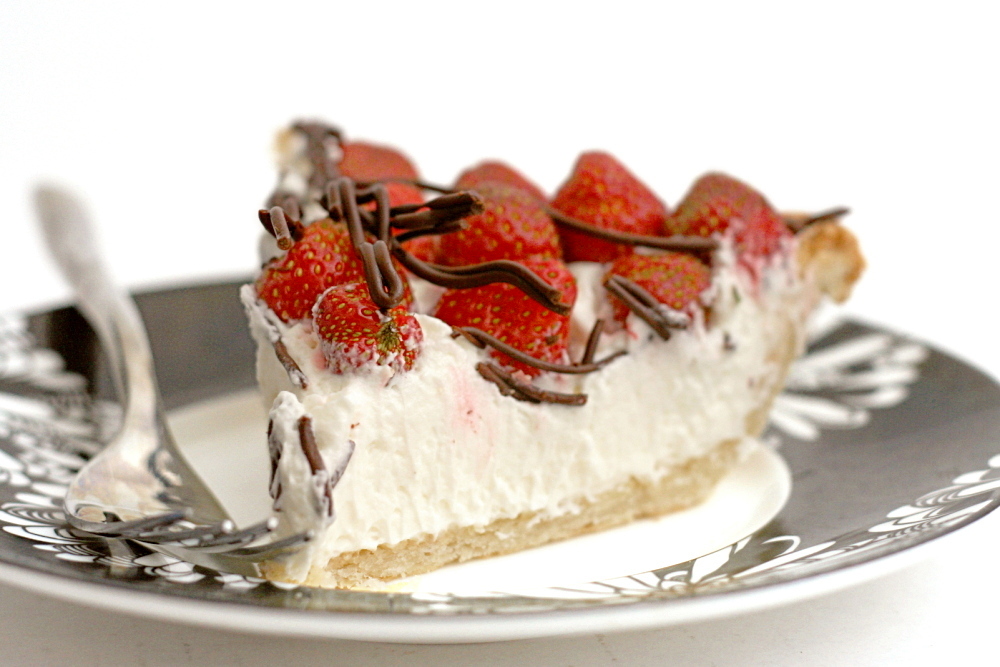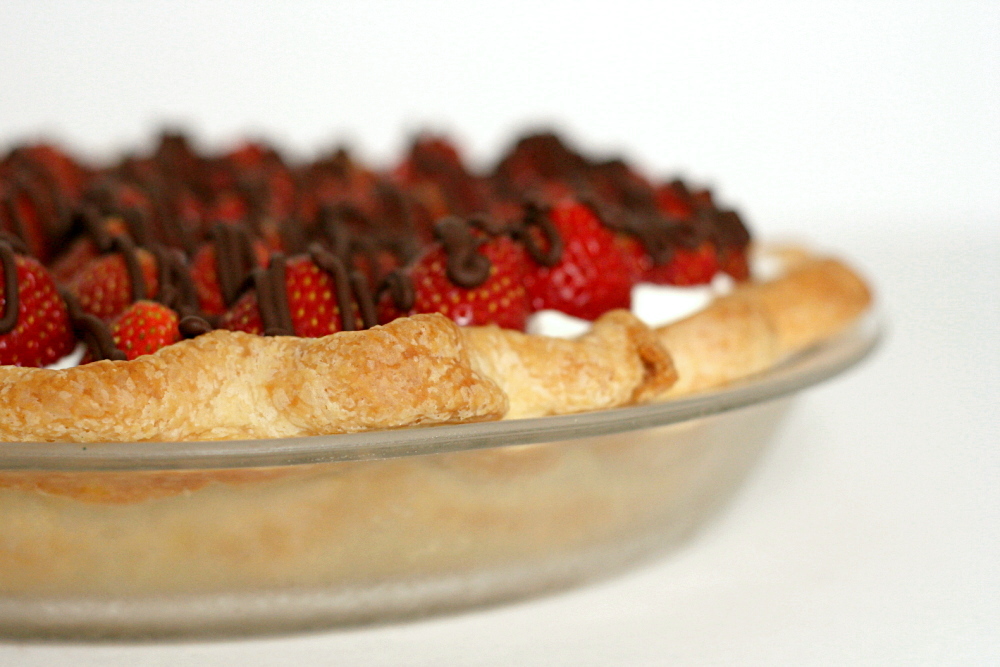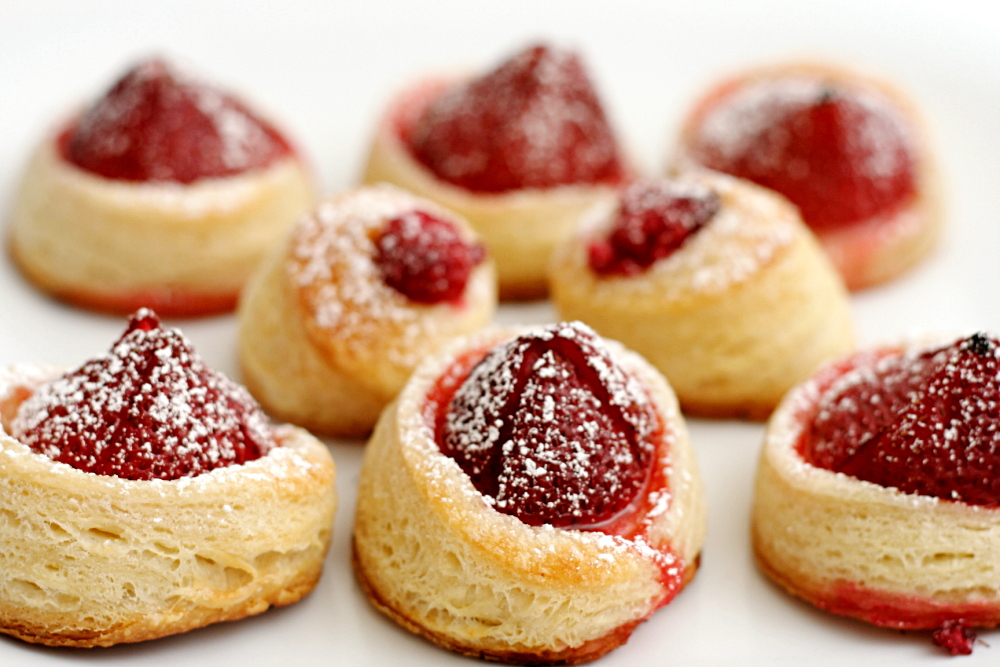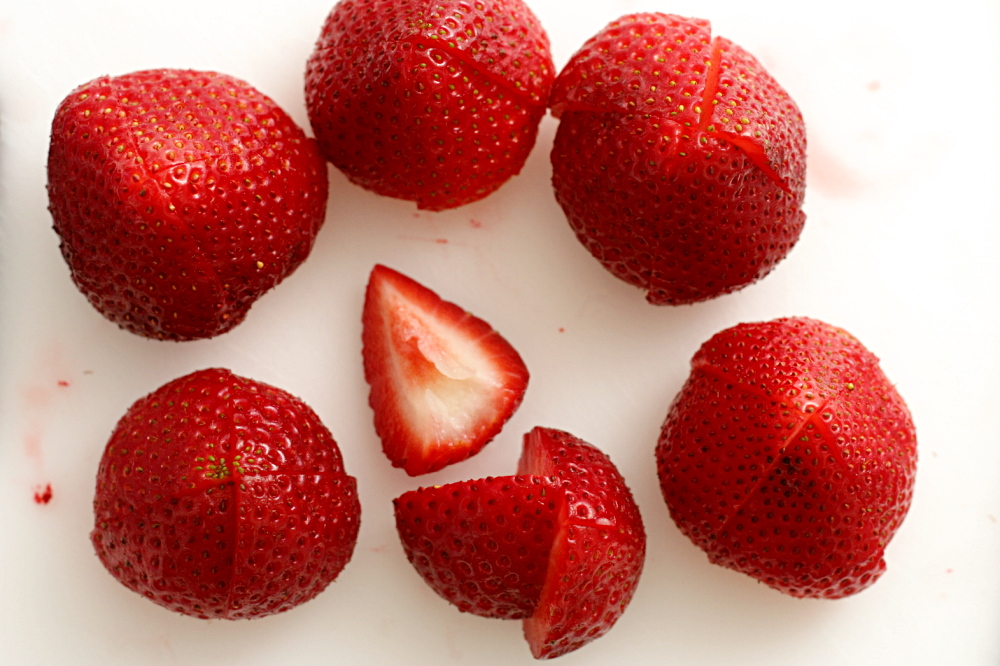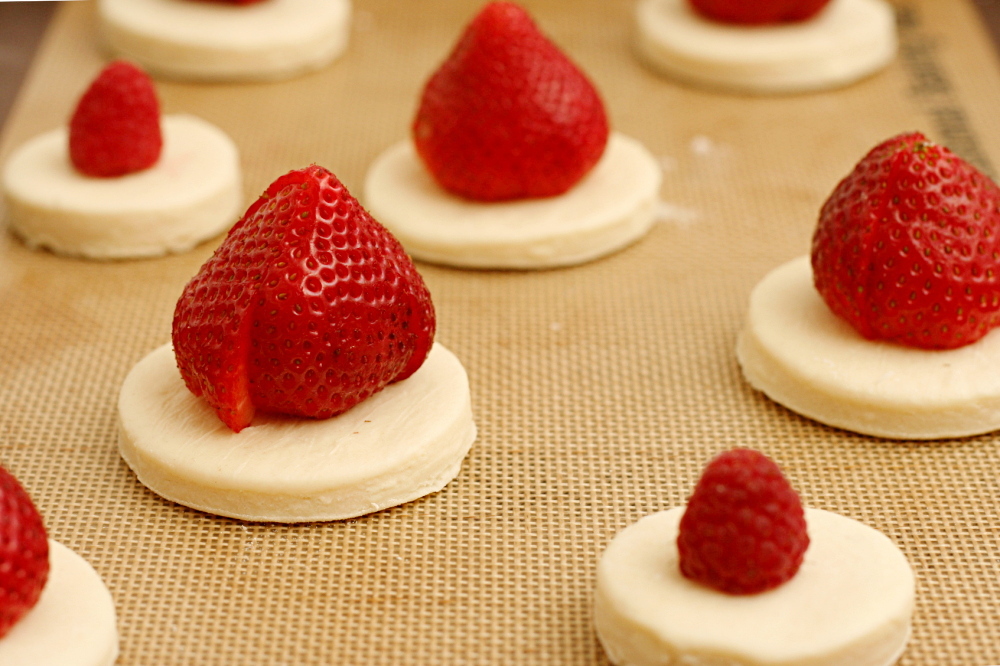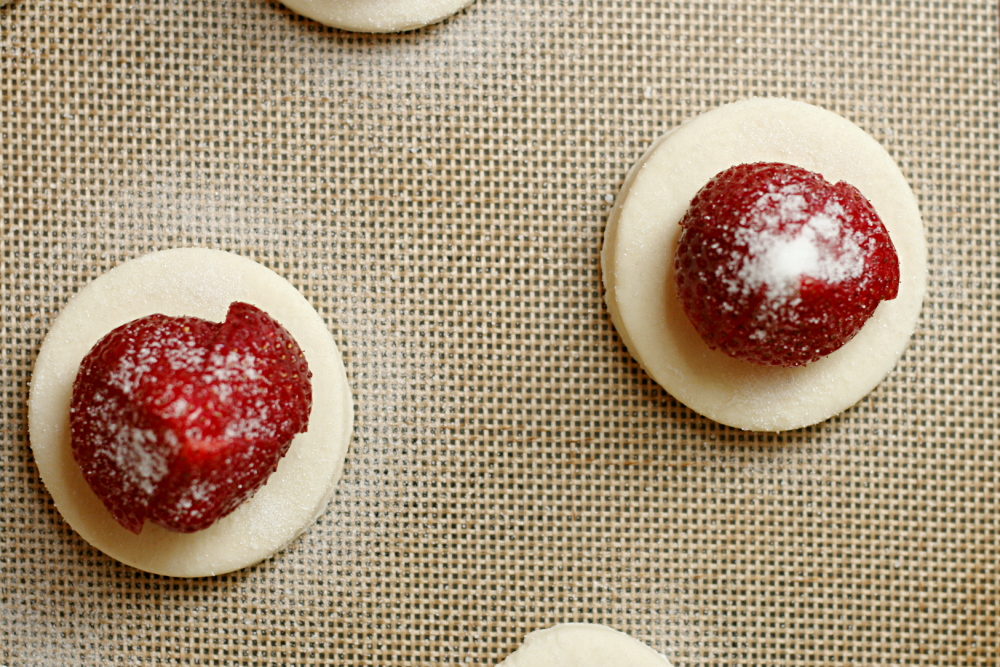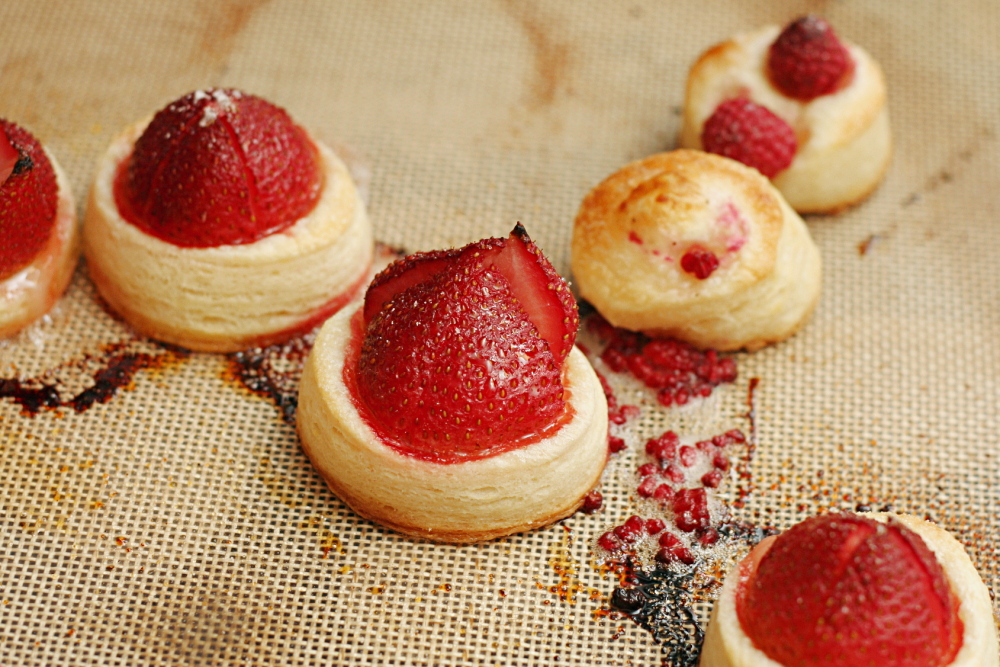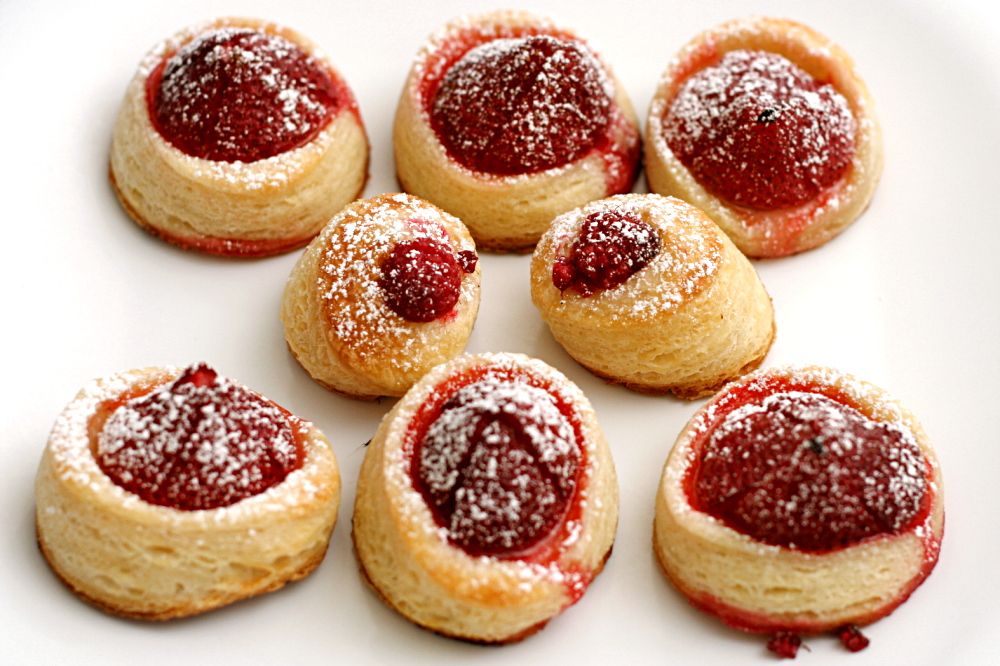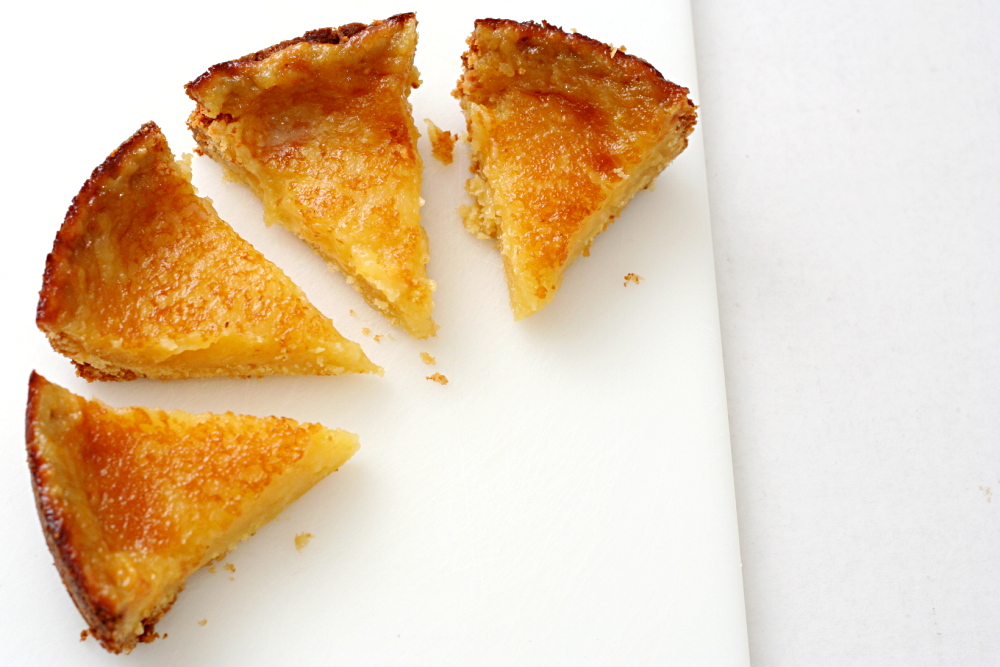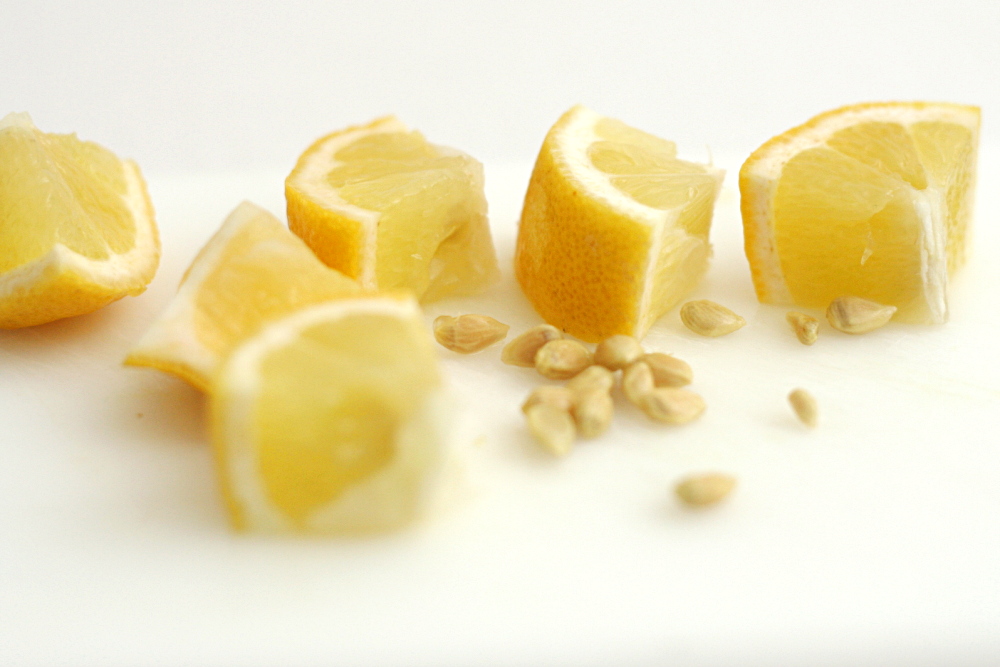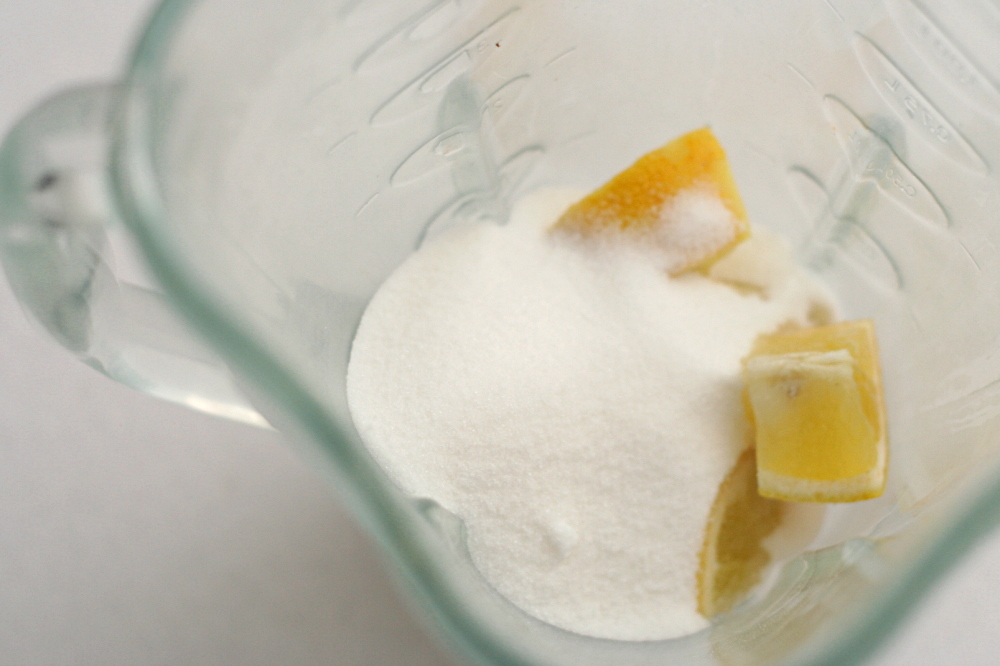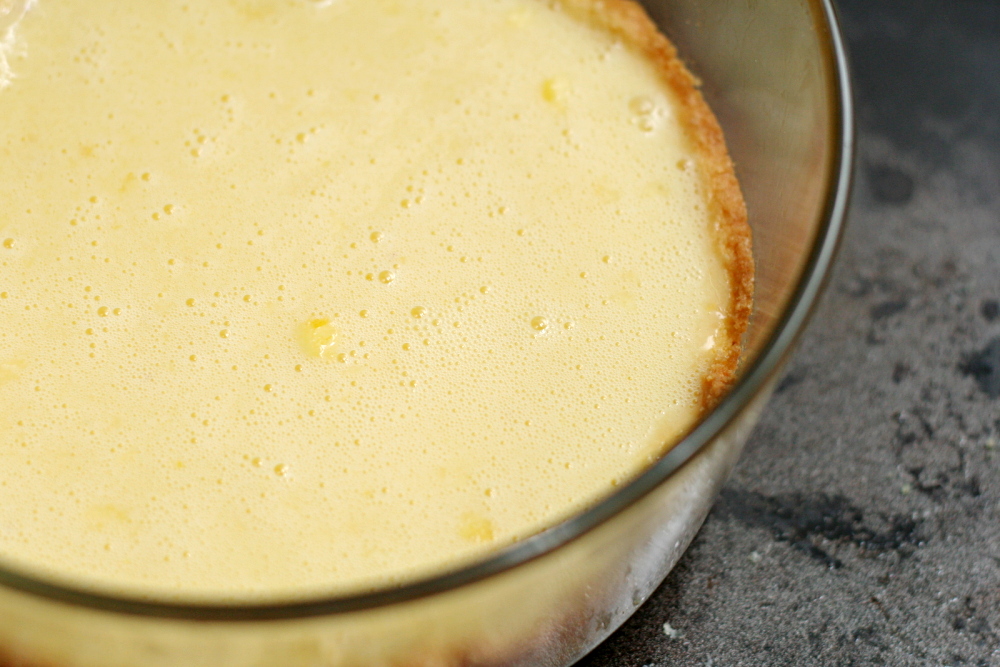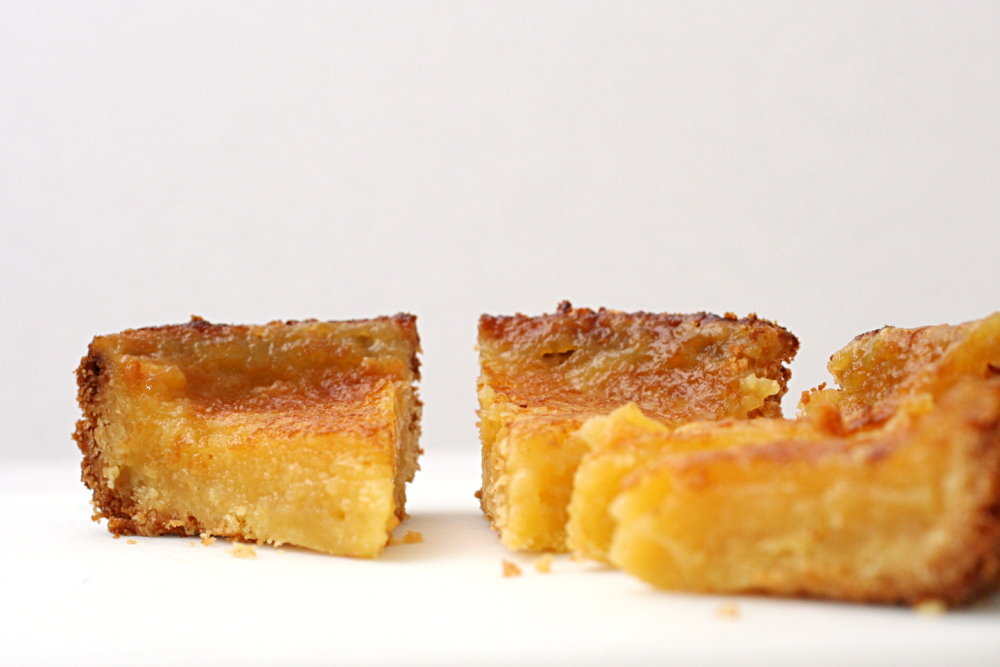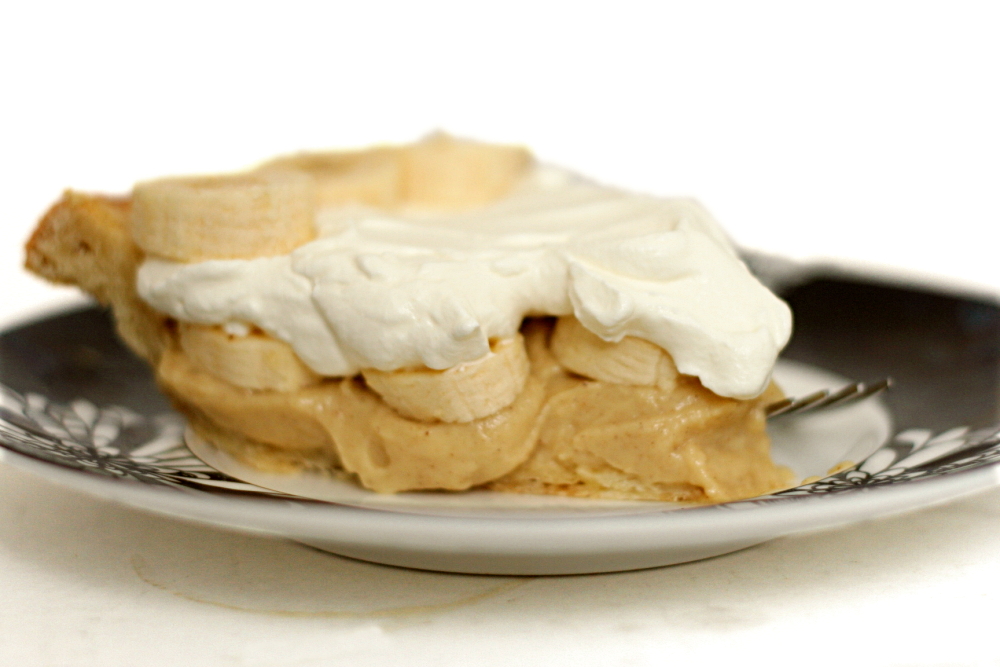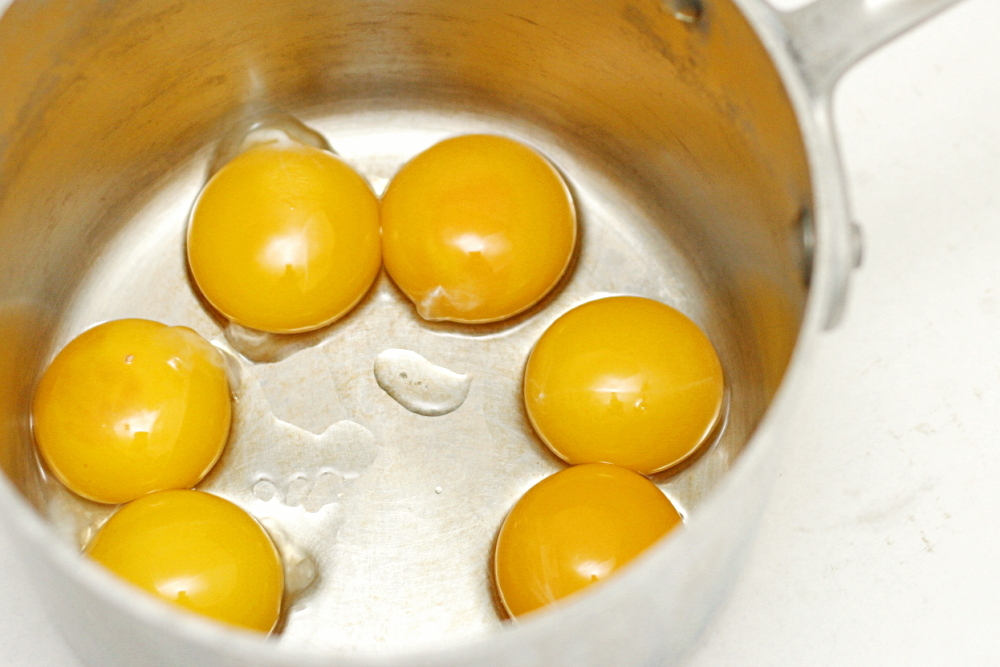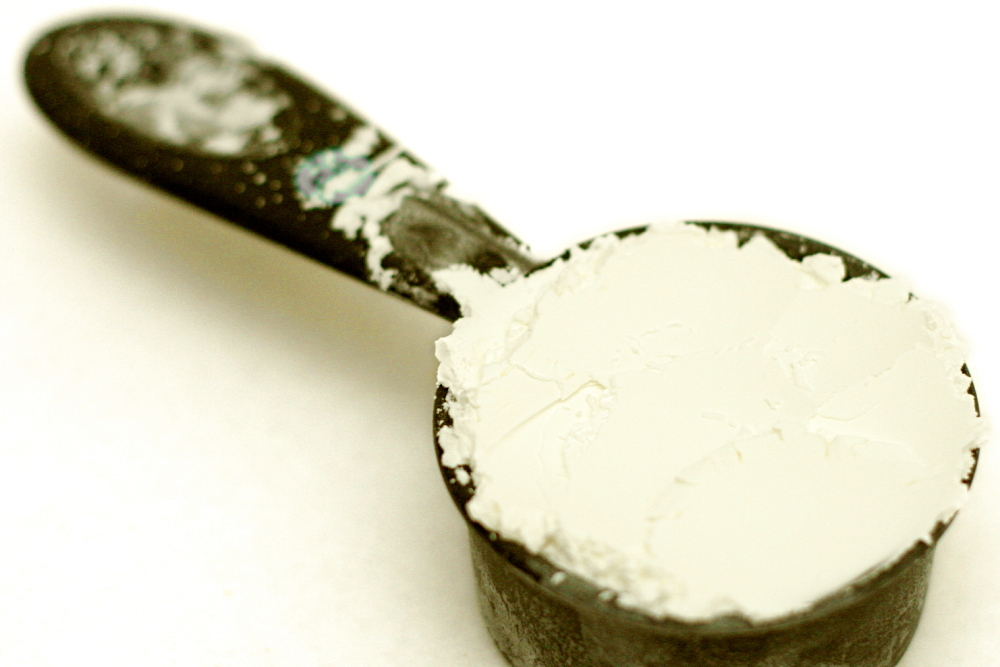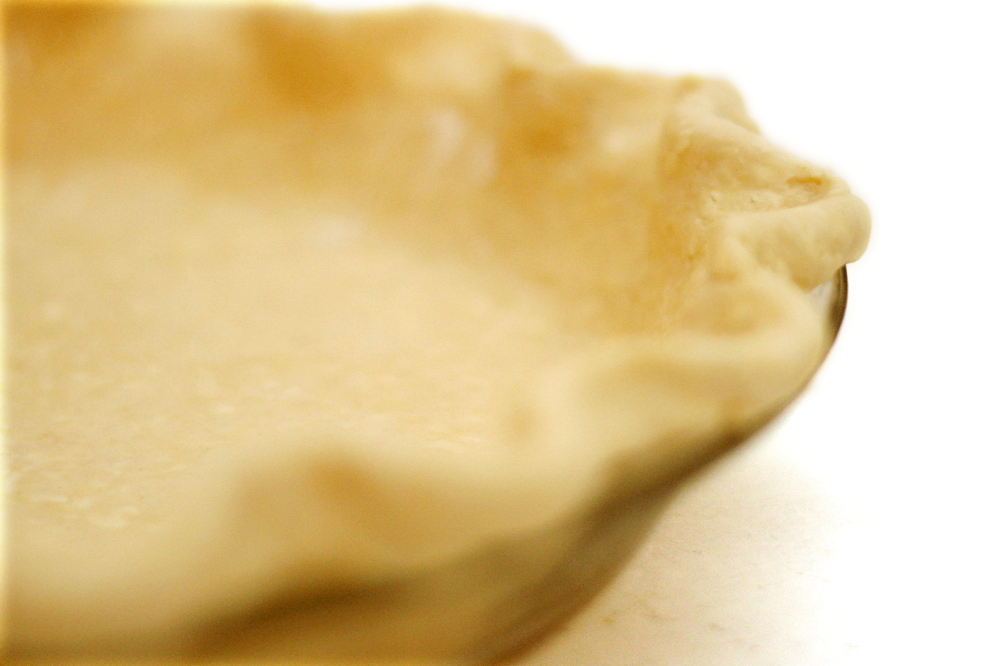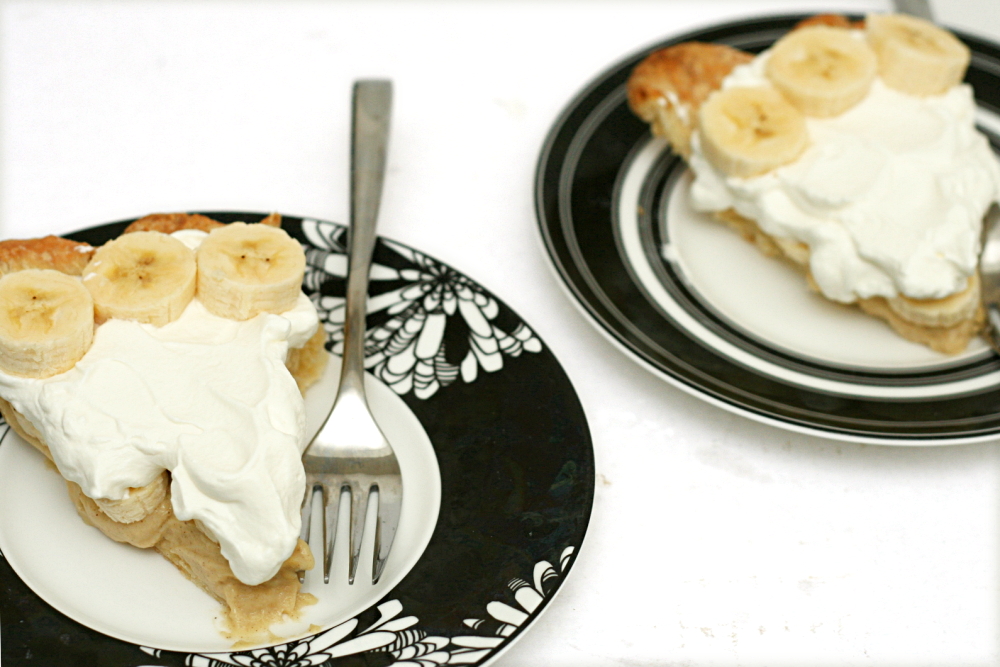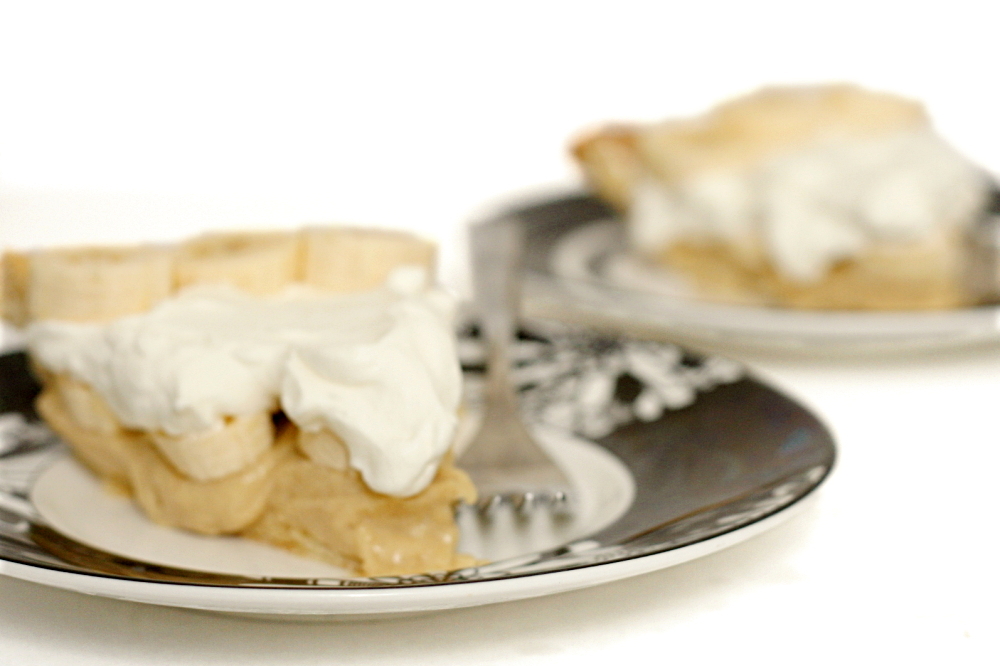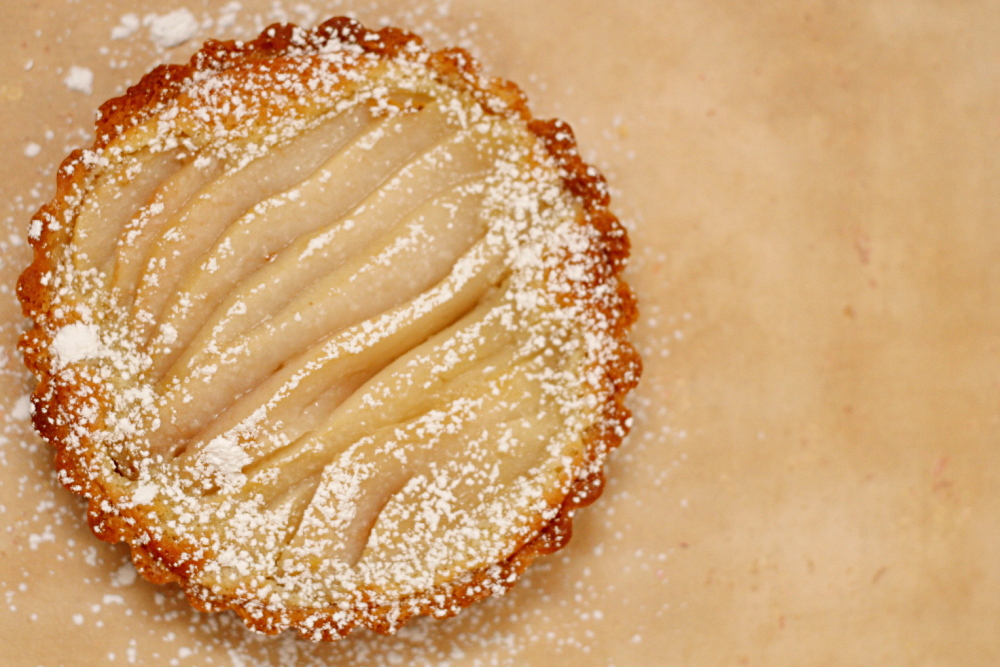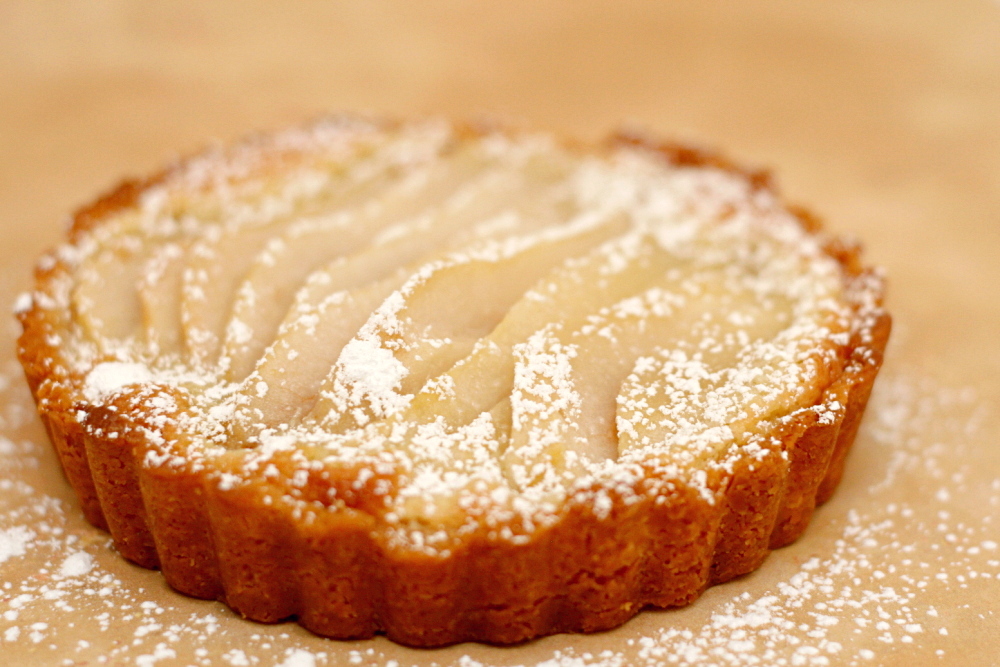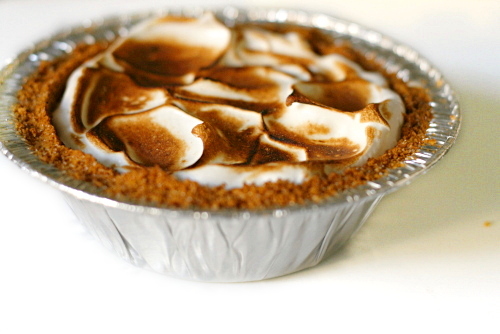
Oh, how times change. I had kind of thought that last year’s lemon cream tart would be my first and last citrus cream experience. Seriously, that is a lot of butter. But apparently, my attitude toward rich foods has slowly evolved from ‘this is way too fattening for me to indulge in more than a few bites at a time’ to ‘well…it’s not like I eat like this all the time…’ except that, these days, I kinda do.

The lime cream is made almost exactly the same as last year’s lemon cream – heat sugar, eggs, zest, and juice, then blend in softened butter – with the only difference a couple teaspoons of cornstarch that is added to the lime version, along with grated fresh ginger. Don’t take me lightly when I say there’s a lot of butter involved – the full pie calls for 2½ sticks (20 tablespoons), and that doesn’t even include the portion in the crust.

Fortunately, I was hearing that some Tuesdays with Dorie members were decreasing the butter, sometimes by as much as half. I didn’t make quite such a dramatic change, using 4 tablespoons for the quarter of the recipe I made – so the equivalent of 16 tablespoons (2 sticks) for a whole recipe. It worked really well.

I do like these citrus creams. I’m a big fan of citrus desserts, and of smooth, rich custards, so the combination is wonderful. I also really like meringue and, you know, torching food. So there really wasn’t much not to like for me this week! Except for the tiny portions I forced upon myself. Ah, compromise…
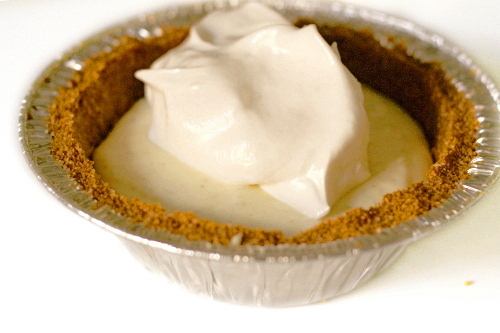
Linda has the recipe posted. I decreased the meringue by half, because I happened to have that amount of egg whites leftover from something else. Also, I didn’t strain out the zest.
One year ago: Black (and Pink) and White Chocolate Cake
